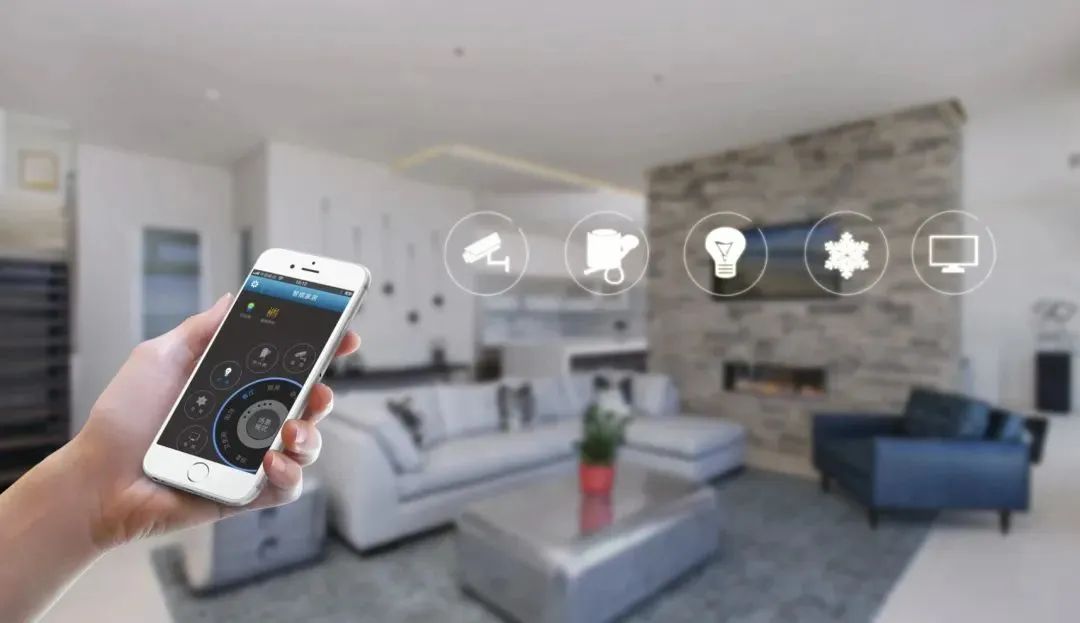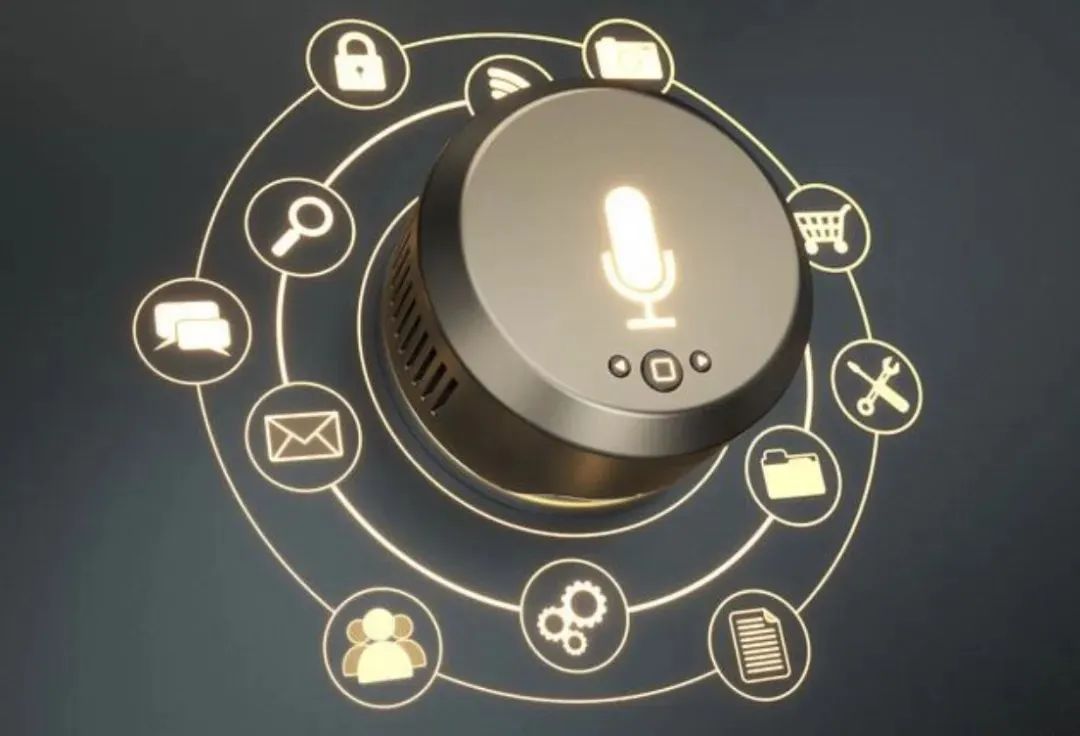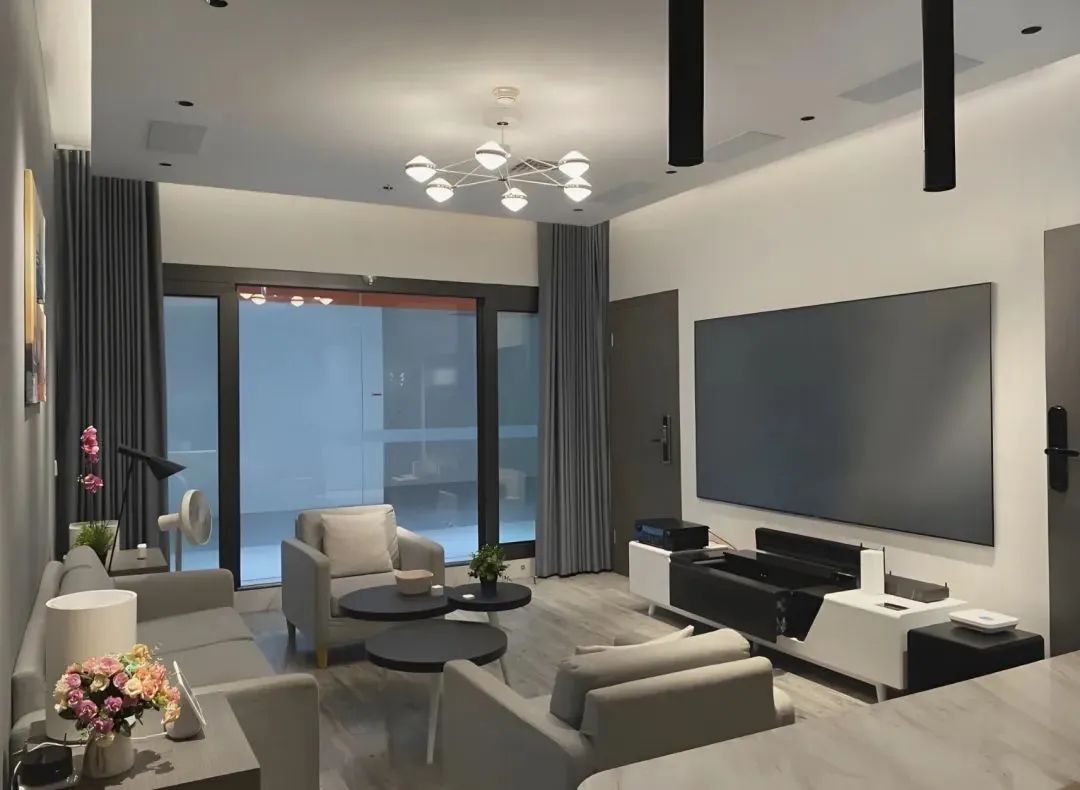

In the wave of technological revolution, smart homes are transitioning from concept to reality, becoming an important force in reshaping lifestyles. According to the latest report from Grand View Research, the global smart home market is expected to reach $537.27 billion by 2030, with a compound annual growth rate (CAGR) of 27% from 2025 to 2030. The Asia-Pacific region, with its robust digital infrastructure and strong consumer upgrade momentum, is set to become the core engine of global growth, with an expected CAGR of 32% from 2025 to 2030.
The Three Driving Forces of Smart Homes: IoT, AI, and Smartphones
The Internet of Things (IoT), artificial intelligence (AI), and smartphones are the three main driving forces behind the rapid development of smart homes. The widespread application of IoT is building a “nervous system” for smart homes, with the number of global IoT devices expected to exceed 30 billion by 2025, and smart home devices accounting for over 10% of that total. Sensors, communication protocols (like MQTT), and edge computing technologies connect appliances, lighting, security, and other devices, enabling real-time collection and analysis of environmental data. For instance, a smart air conditioner can automatically adjust the temperature according to user habits; a smart refrigerator can use image recognition to remind users of food expiration dates, turning scenarios that once existed only in science fiction into reality. The “smart brain” of the home is made possible by the deep integration of AI technology. Machine learning algorithms enable systems to predict user needs, such as analyzing electricity usage patterns to provide energy-saving suggestions or achieving more precise interactions through voice recognition and natural language processing. According to IDC, the global market for smart home voice assistants is expected to exceed $4 billion by 2024, with products like Amazon Alexa and Google Home continuously increasing their market penetration. In the future, AI based on large models will further promote whole-home intelligence, allowing devices to make autonomous decisions and work collaboratively. The widespread adoption of smartphones is undoubtedly the “universal key” for remote control. With over 6 billion smartphone users globally, they can monitor the status of home devices in real-time through apps, whether it’s opening or closing curtains, adjusting lighting color temperature, checking security cameras, or starting a robotic vacuum. Users can manage their home environment anytime, anywhere. This convenience has become a key factor for consumers when selecting smart home products.
Home Automation and Smart Security
The Dual Rise of Market Dominance and Security Demand
In the smart home market, home automation devices are dominant. Products like smart plugs, electric curtains, and smart locks have become “entry-level” options for households moving towards smart technology due to their advantages in reducing energy consumption and increasing convenience. Data shows that the global market for home automation devices reached $48 billion in 2023, and is expected to exceed $120 billion by 2030. For example, Xiaomi’s smart home ecosystem has integrated over 1,000 devices, achieving scenario linkage through a unified platform.
At the same time, smart security systems have rapidly risen due to the sharp increase in security demand. The maturity of technologies such as facial recognition, video surveillance, and intrusion alarms has transformed home security from passive defense to active warning. The Asia-Pacific region places particular emphasis on security upgrades, with sales of smart locks in China expected to grow by 35% year-on-year in 2024, and the global market for security devices expected to reach $85 billion by 2030.

Smart Speakers
Redefining Human-Machine Interaction as the “Voice Gateway”
Smart speakers are reshaping the way humans interact with machines as the “voice gateway.” By 2025, global shipments of smart speakers are expected to exceed 500 million units, and their functions are no longer limited to simply playing music, but extend to controlling appliances, querying information, and managing schedules. For instance, users can simply say, “Hey Alexa, good night,” to turn off all lights and activate sleep mode, creating a seamless experience that enhances market penetration.
The Asia-Pacific Region
The Core Engine of Global Smart Home Growth
With its robust digital infrastructure and strong consumer upgrade momentum, the Asia-Pacific region is set to become the core engine of global smart home growth. Countries like China, Japan, and South Korea have a 5G network coverage rate exceeding 80%, providing solid support for the implementation of smart homes.
At the same time, the growth in disposable income is driving consumer upgrades, with the smart home installation rate in high-end residential and new buildings reaching 40%.
The Chinese market is particularly impressive. The domestic smart home market is expected to exceed 780 billion yuan in 2024, reaching 2.5 trillion yuan by 2030..
On the policy front, the government has listed smart homes as a “new growth point for consumption, “ encouraging companies to develop innovative scenarios for the elderly and health monitoring.
For example, Haier’s whole-home smart system provides proactive services for sleep, security, and health through AI large models, increasing user satisfaction by 25%.
Policy Support
The “Special Action Plan to Boost Consumption”
Injecting New Momentum into Smart Homes
Recently, the General Office of the Central Committee of the Communist Party of China and the General Office of the State Council issued the “Special Action Plan to Boost Consumption,” bringing new development opportunities to the smart home industry. The plan clearly states that it will continue to carry out actions to upgrade and replace bulk consumer goods, with the home decoration sector being a key focus. This releases significant consumer potential for the smart home industry.
Driven by policy, demands for home renovations, partial kitchen and bathroom upgrades, etc., have been released, aligning smart home products with existing home renovation scenarios..
With the push of policy subsidies, consumers’ willingness to purchase smart home products has increased, accelerating demand release. For instance, in some pilot areas, due to policy subsidies, the cost of purchasing and installing smart toilets, smart locks, and other products has significantly decreased during home renovations, stimulating consumption.
Additionally, the plan emphasizes accelerating the upgrade of consumer product quality standards and improving the carbon labeling and other standard systems. This helps enhance residents’ awareness of the hazards of home products, shorten product update cycles, and accelerate the pace of home upgrades.
With the upgrade of quality standards, high-end, high-quality smart home products will be more favored by consumers, and companies will increase their investment in product research and development and quality control, driving the upgrade of the entire smart home industry chain.
At the same time, the measures in the “Special Action Plan to Boost Consumption” promoting “AI + Consumption” will further drive the deep application of AI technology in the smart home industry. Companies will increase their investment in AI technology research and development, creating more powerful and user-friendly smart home products, expanding application scenarios, and providing users with a more comfortable and convenient living environment.
Challenges and Outlook:
Data Security, Compatibility, and Future Innovations
Despite the broad prospects of the smart home market, it still faces multiple challenges. Data security and privacy protection have become focal points, with users concerned that data collected from devices, such as biometric and behavioral data, may be misused. The industry needs to enhance trust through measures like encryption technology and localized storage via edge computing. Additionally, compatibility issues among devices need urgent resolution, as protocol differences between brands make it difficult for users to build a unified ecosystem. In the future, open standards (such as the Matter protocol) may promote interoperability.
In the future, the deep integration of AI and IoT will give rise to more innovative scenarios. For example, smart homes could automatically adjust indoor air quality through environmental sensors linked with climate models; combined with medical monitoring devices, systems can provide health alerts and remote care for the elderly. By 2030, over 30% of households globally are expected to achieve whole-home intelligence, and market competition will shift from individual products to ecosystem building.
The “golden decade” of smart homes has begun. From individual connectivity to whole-home intelligence, from passive control to proactive services, this transformation is not only reshaping the home industry landscape but will also profoundly impact human lifestyles.
Driven by technological innovation and demand upgrades, the Asia-Pacific region is expected to become the “innovation source” for global smart homes, with Chinese companies leveraging ecological layouts and technological breakthroughs to gain a leading position in this global competition. Let us look forward to the better future that smart homes will bring us!
Source: Chanrae, ACE Comprehensive Organization This article only represents personal views, and without authorization, no one may use it in any way, including reprinting, excerpting, copying, or establishing mirrors. Some content comes from the internet and has not verified copyright ownership, and is not for commercial use. If there is any infringement, please contact the author.
[ACE Smart Home Observation Room] More Articles:
Vivo Enters the Home Robot Race: From Smartphone Giant to Smart Home “Disruptor”
Smart Appliances × Smart Homes, Opening a New Trend of “Cyber Pets” for Young People
2025 AWE Comprehensive Summary: Understanding Industry Trends from the Exhibition, Interpreting the Transformation Trends of the Home Appliance Industry
Major Changes in the Home Industry! Juran Smart Home Partners with Ubtech, Smart Home Trends Rising
AI-Driven, 5G-A Empowerment: Huawei, Xiaomi, Lenovo, Qualcomm Shine at MWC 2025, Previewing Smart Home Black Technology
Changhong, Hisense, Skyworth, TCL, Baidu, Xingji Meizu, Rokid, and other giants are racing ahead! DeepSeek Empowers a New Era of Smart Homes
Xiaomi Central Air Conditioning is Coming, Competing with Daikin! The Smart Home Market is Stirring Again
